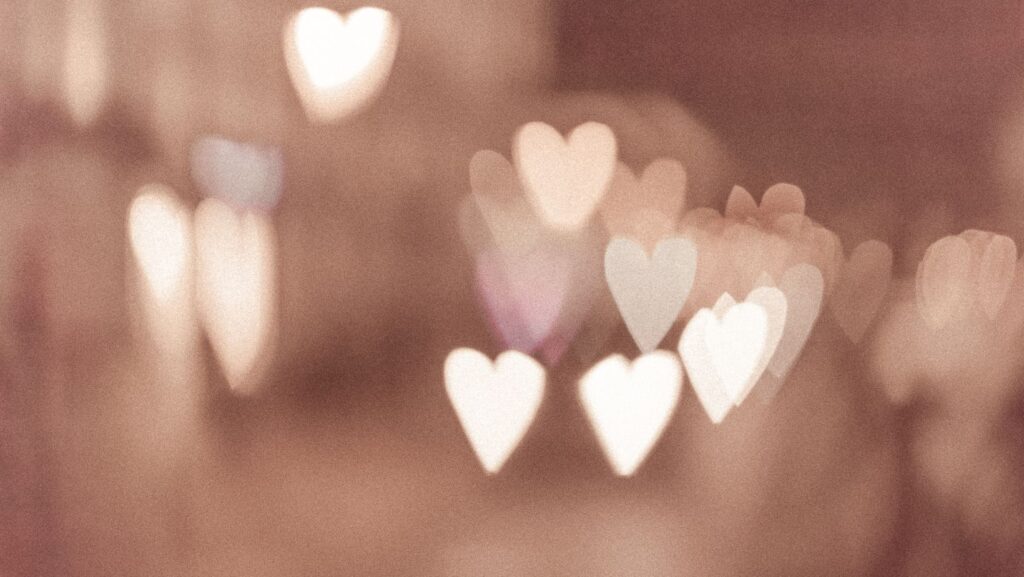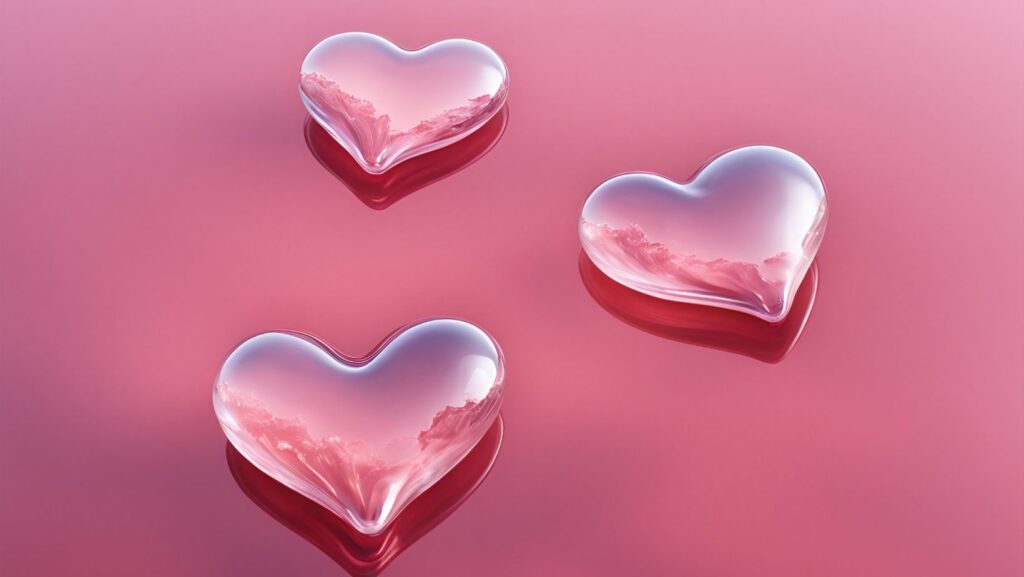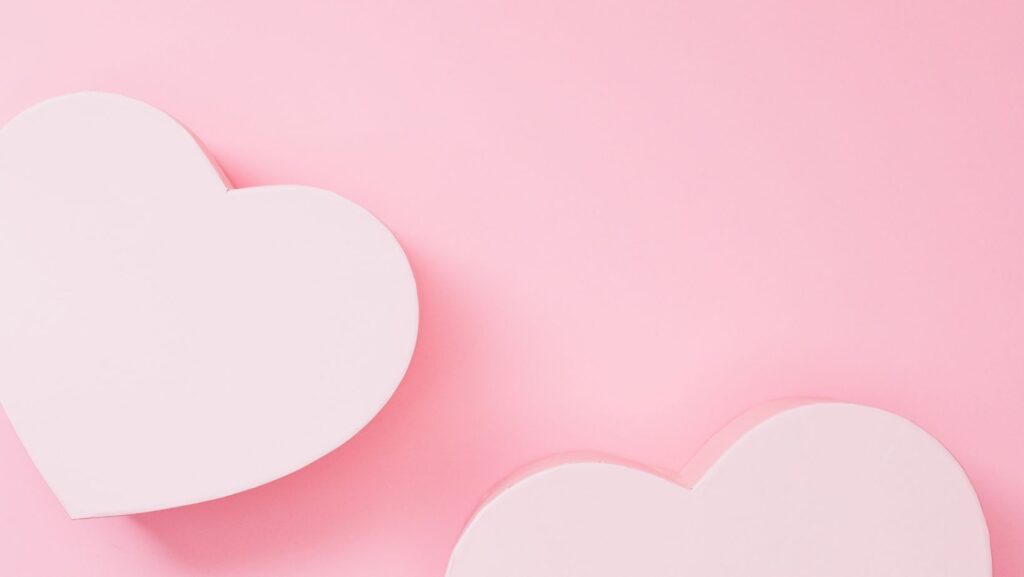Aesthetic:vguqo2b79iw= Heart

In a world dominated by fleeting trends and rapid digital interactions, the aesthetic heart emerges as a symbol of enduring beauty and personal expression. This concept transcends mere visuals, delving into the essence of what captivates the human spirit. Whether it’s through art, fashion, or interior design, the aesthetic heart represents a curated blend of elements that speak to the soul, offering a sense of harmony and inspiration.
As people increasingly seek authenticity and meaning in their lives, the aesthetic heart becomes a guiding principle. It challenges individuals to look beyond the surface and appreciate the deeper connections that aesthetics can foster. By embracing this philosophy, they find themselves drawn to spaces and objects that reflect their inner values and aspirations. The aesthetic heart thus serves as a reminder that beauty is not just in the eye of the beholder but also in the heart that perceives it.
Understanding the Aesthetic Heart
The aesthetic heart represents a fusion of emotion and design. It signifies how art transcends visual beauty to evoke deep feelings. In art, this concept influences how artists communicate through colors and forms that resonate on an emotional level. For instance, the use of warm tones can elicit comfort, while abstract shapes might inspire curiosity.

In fashion, the aesthetic heart shapes how style serves as a medium of personal expression. Designers incorporate patterns and textures that reflect cultural identities and personal narratives. This allows wearers to convey their stories through clothing, creating a bond between the individual and the observer.
Interior design benefits from the aesthetic heart by transforming spaces into reflections of personal values. Designers use architecture and decor to craft environments that align with their clients’ aspirations. By incorporating elements such as natural light and organic materials, they create spaces that foster emotional well-being and tranquility.
The aesthetic heart also draws from cultural richness. Traditional motifs, when repurposed in modern contexts, maintain cultural heritage while appealing to contemporary tastes. This interplay between the time-honored and the new exemplifies how aesthetics can bridge generational gaps and foster a shared appreciation for beauty.
History and Evolution
Origins and Influences
The aesthetic heart traces its roots to ancient civilizations, where art and design exemplified cultural identity. Greeks used symmetry and proportion in architecture, which inspired Renaissance artists. This focus on harmony and balance influenced the aesthetic heart by emphasizing the emotional impact of beauty. During the Romantic era in the 1800s, art shifted to prioritize individual emotions and personal reflections, further embedding the concept in aesthetics.
Eastern philosophies like Wabi-Sabi also shaped the aesthetic heart, valuing imperfection and transience. This Japanese influence introduced appreciation for minimalism and simplicity, which resonated with modern aesthetics. Through history, diverse cultures have contributed to the aesthetic heart by adding context and depth, making it a multifaceted concept that transcends visual appeal.
Modern Interpretations
Today, the aesthetic heart adapts to contemporary tastes, embracing digital art and sustainable design. Artists utilize technology for new creative expressions, blending visual arts with digital media to evoke emotions. In fashion, the aesthetic heart integrates eco-friendly materials and ethical practices, reflecting societal values.
Key Elements of Aesthetic Heart
The aesthetic heart embodies a blend of visual and symbolic elements that resonate with personal expression and deeper meaning. It captures the essence of beauty, not just through appearance but through the emotions it evokes.
Visual Characteristics

Visual aspects form a significant part of the aesthetic heart by highlighting distinctive features that convey beauty and meaning. These characteristics include:
- Color Palettes: Soft pastels and rich earth tones create harmony and evoke soothing emotions. Vibrant hues ignite energy and passion.
- Textures and Patterns: Intricate lace or bold geometric designs add depth and intrigue, reflecting cultural influences and personal narratives.
- Shapes and Forms: Curved lines or sharp angles convey movement and stability. Organic shapes mimic nature’s essence and introduce a calming influence.
- Cultural Motifs: Patterns or symbols representing cultural heritage foster pride and continuity. They offer a way to maintain traditions while embracing the present.
- Emotional Resonance: Art or design pieces resonate personally, evoking nostalgia or inspiration. This emotional layer adds significance beyond the physical form.
- Narrative Elements: Incorporating stories or messages through visuals enhances engagement. These elements provide a deeper context, enriching the viewer’s experience.
